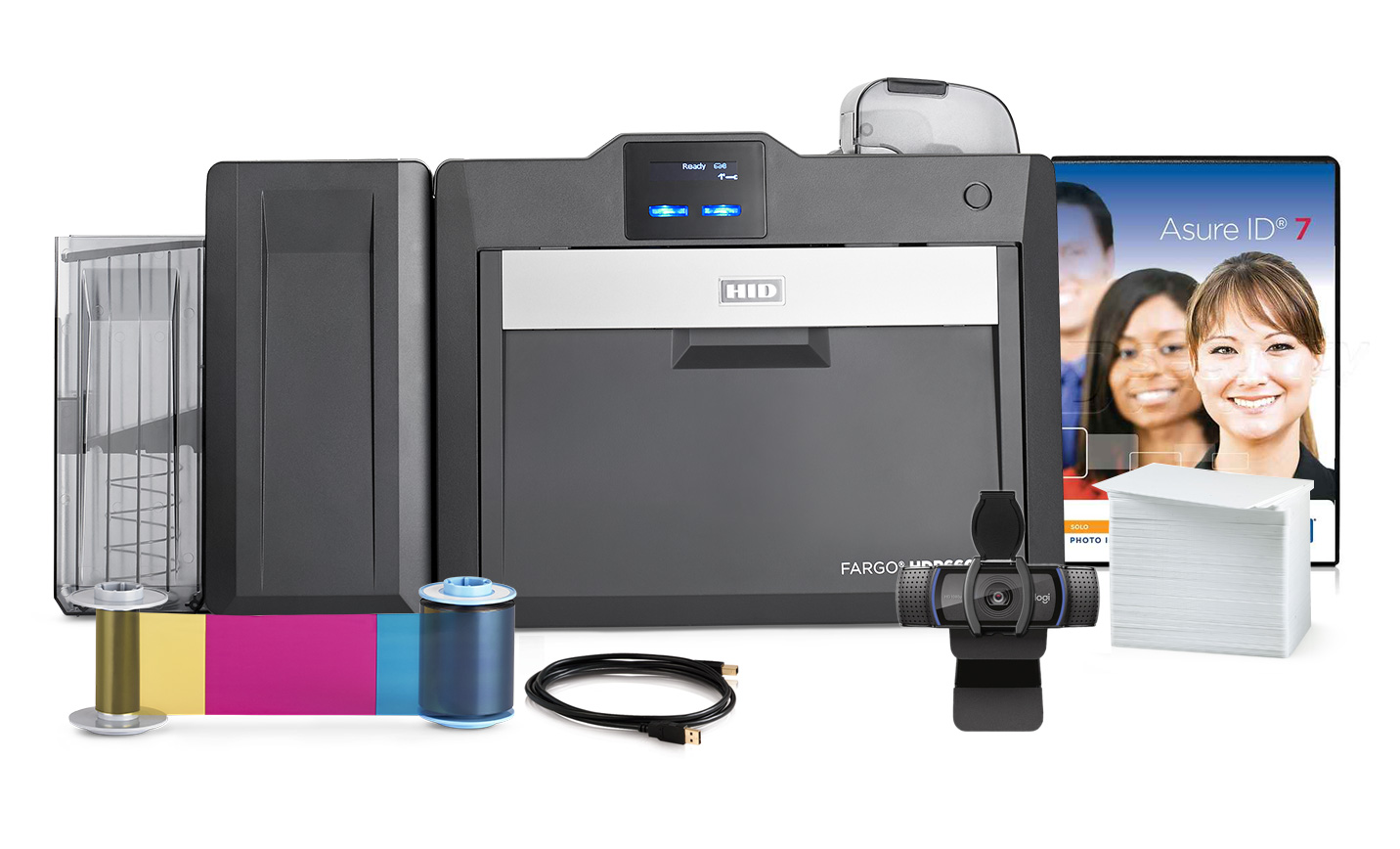
Creating a more durable ID card can save organizations time, money, and effort. Learn a few simple ways to maximize the life of your issued ID cards.
ID cards across industries and applications receive their fair share of wear and tear, especially if the credential is used for access control, or must be visibly worn during on-site hours. From supporting organizations for nearly two decades with ID card issuance, we’ve learned impactful best practices for enhancing ID card durability and how to get the most life out of your printed ID cards.
Here are 5 ways to improve ID card durability and derive as much as seven to ten years out of a single ID:
1. Implement a Lamination Module
Upgrading your ID card printer with a lamination module greatly improves the durability of issued ID cards. Overlaminate protects the printed card face from scuffs and scratches, mitigating UV fading and dye migration. The most durable overlaminate material, PolyGuard, withstands up to 50,000 swipes through a magnetic stripe reader. In addition, holographic overlaminate protects against fraud, making tampering virtually impossible. Holographic laminate is available in generic or universal patterns as well as custom designs.
Printers with an inline lamination module include Evolis Primacy, FARGO DTC1500, and more recently, FARGO HDP6600. To learn if your current printer model has an upgradable lamination module, contact us.
2. Start Using Badge Protectors
Implementing plastic badge holders can seal off ID cards from moisture and debris while protecting corners from splitting over time. The use of a simple vinyl badge holder can add years of use to a card’s lifecycle.
If managing heavy machinery or construction equipment, arm badge holders make an excellent alternative to ensure badges don’t catch in moving mechanical parts.
For earth-conscious companies wanting to improve their environmental footprint, there are a number of recyclable and biodegradable badge holders that help to protect cards…and the planet.
3. Migrate to Contactless Key Cards
Regular contact with card readers over time, such as swiping cards through magstripe readers, will expedite the wear and tear of your card. If you are looking to migrate to a newer, contactless system, the reduction of contact between card and reader will extend your card’s life significantly.
Contactless cards also remove the need to take them in and out of a badge holder or wallet; the card can simply be waved within the proximity of a reader. This saves time in addition to reducing the wear-and-tear of your wallet, pockets, or zipper on your purse!
4. Implement Stronger Security Features
If an ID card does not meet the security standards for the level your organization requires, a compromised, insecure ID card may as well be lost or damaged. After all, what is the purpose of a durable ID card if it does not adequately serve its intended purpose to secure the premises of your facility or campus? Improving the security of credentials through features like holograms and micro text will better ensure the strength and authenticity of ID cards in circulation.
In addition, if your organization utilizes proximity cards for access control, consider implementing newer multifactor encrypted technology that cannot be easily skimmed and duplicated.
5. More Durable Card Stock Materials
Elements like heat, sunlight, and moisture quickly damage ID cards made from 100% PVC. Using credentials outdoors expedites the rate at which cards crack and break. And if your credentials have expensive technology embedded like microchips and antennas, durable ID card materials become even more important.
PET is the most common material used to create more durable cards for our industry. It is often blended with PVC like a thin sandwich to create a composite card with ratios like 60/40 or even 80/20 PET to PVC. There are some machines that use 100% PET such as laser engravers. Retransfer printers and printers that apply overlaminate, should use a composite PET/PVC card so they don’t melt and warp during the print process.
NOTE: In addition to the durability of the core card stock, protection to the printed surface is essential. Why print on a durable card stock only to have the image scratched or faded within 1-2 years? We recommend overlaminate whenever card durability is an important factor.
To learn how to create a more durable ID card for your unique application, contact us today. We will help you find a better way!


